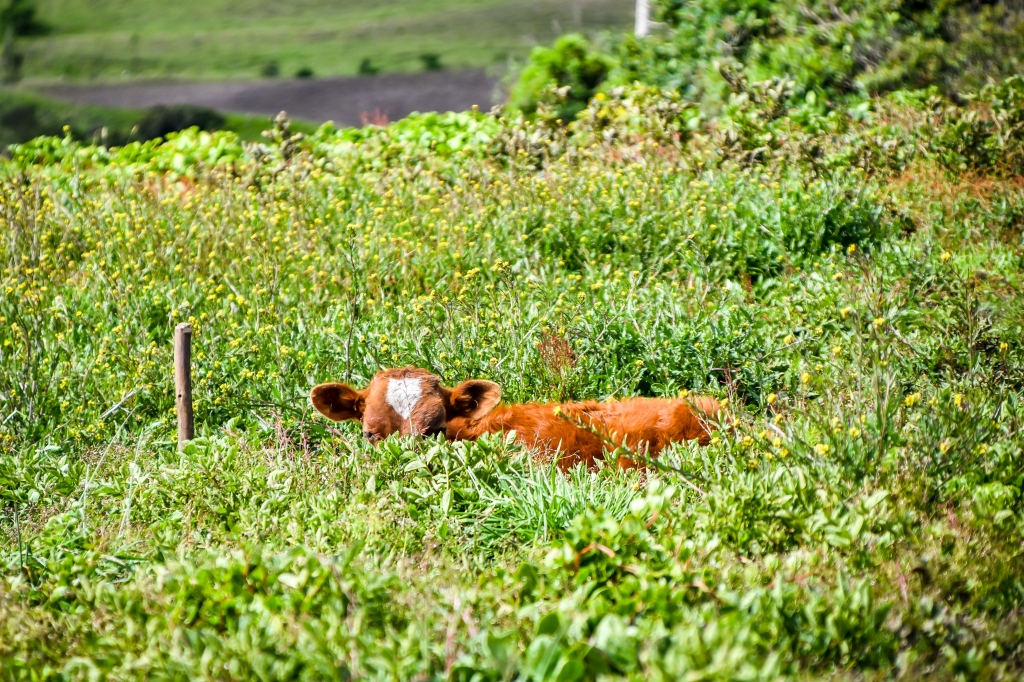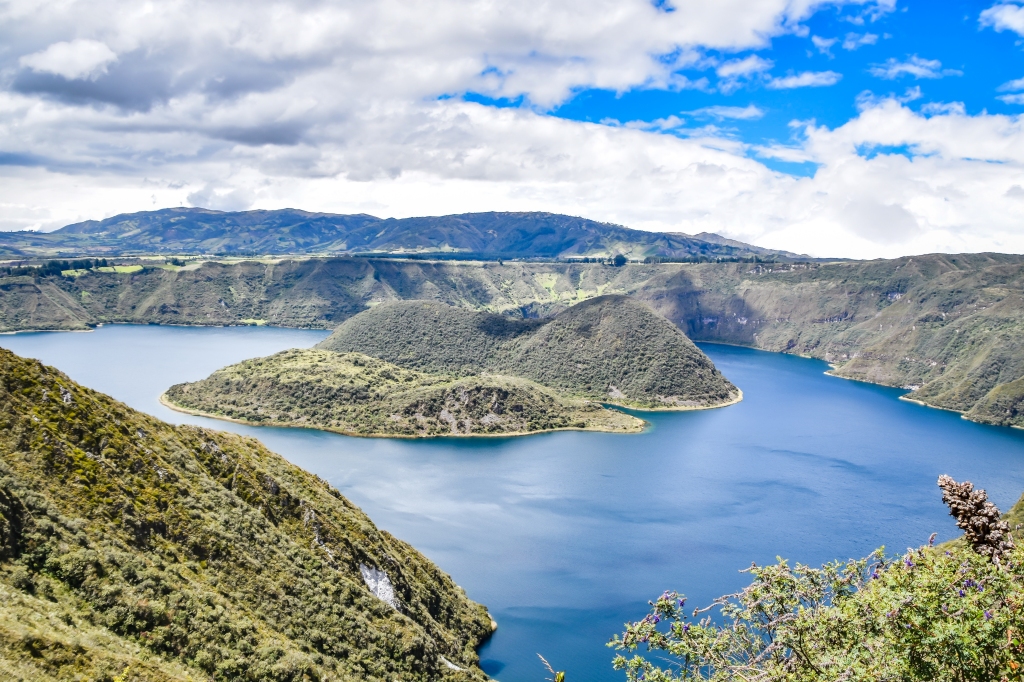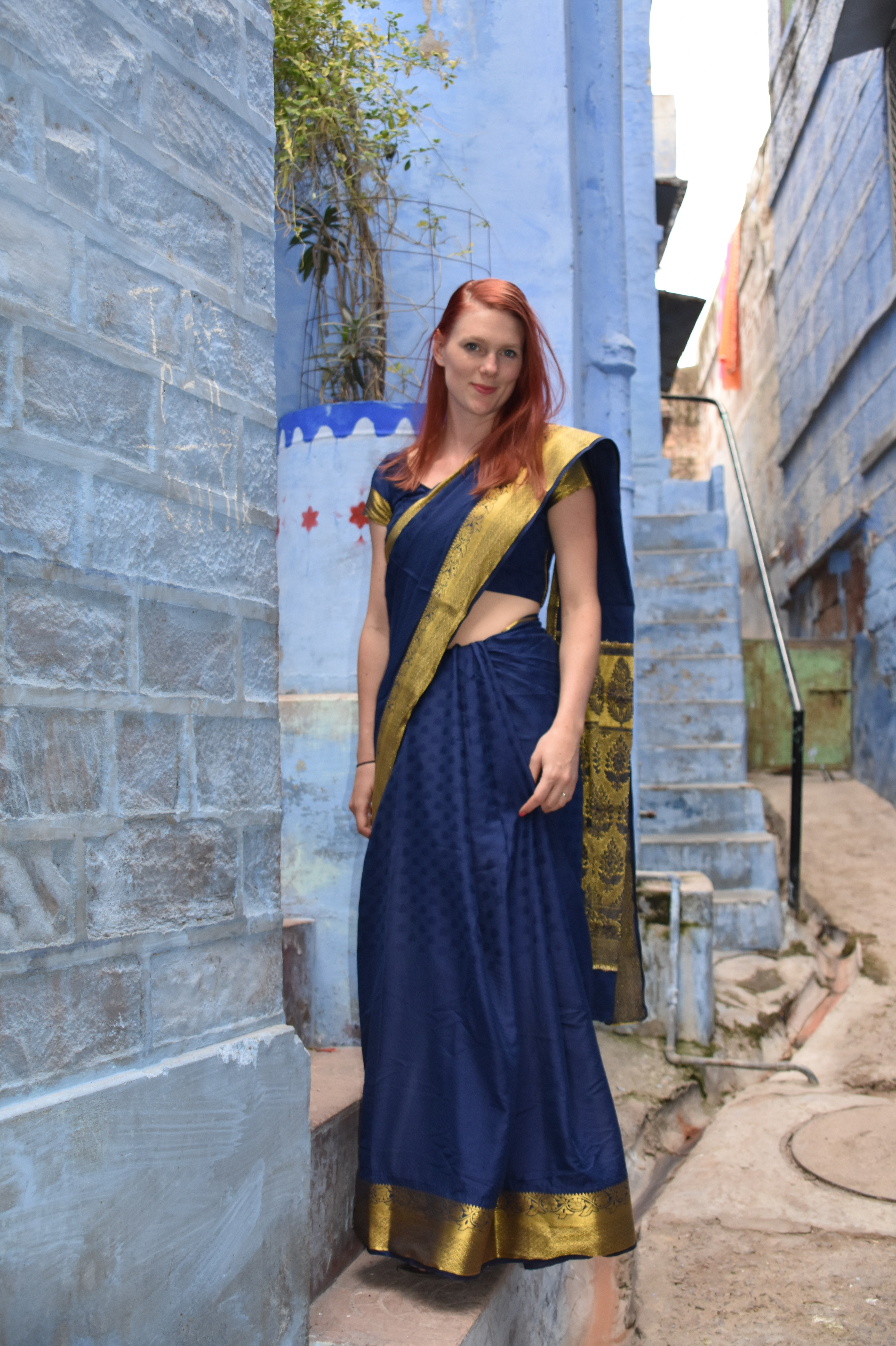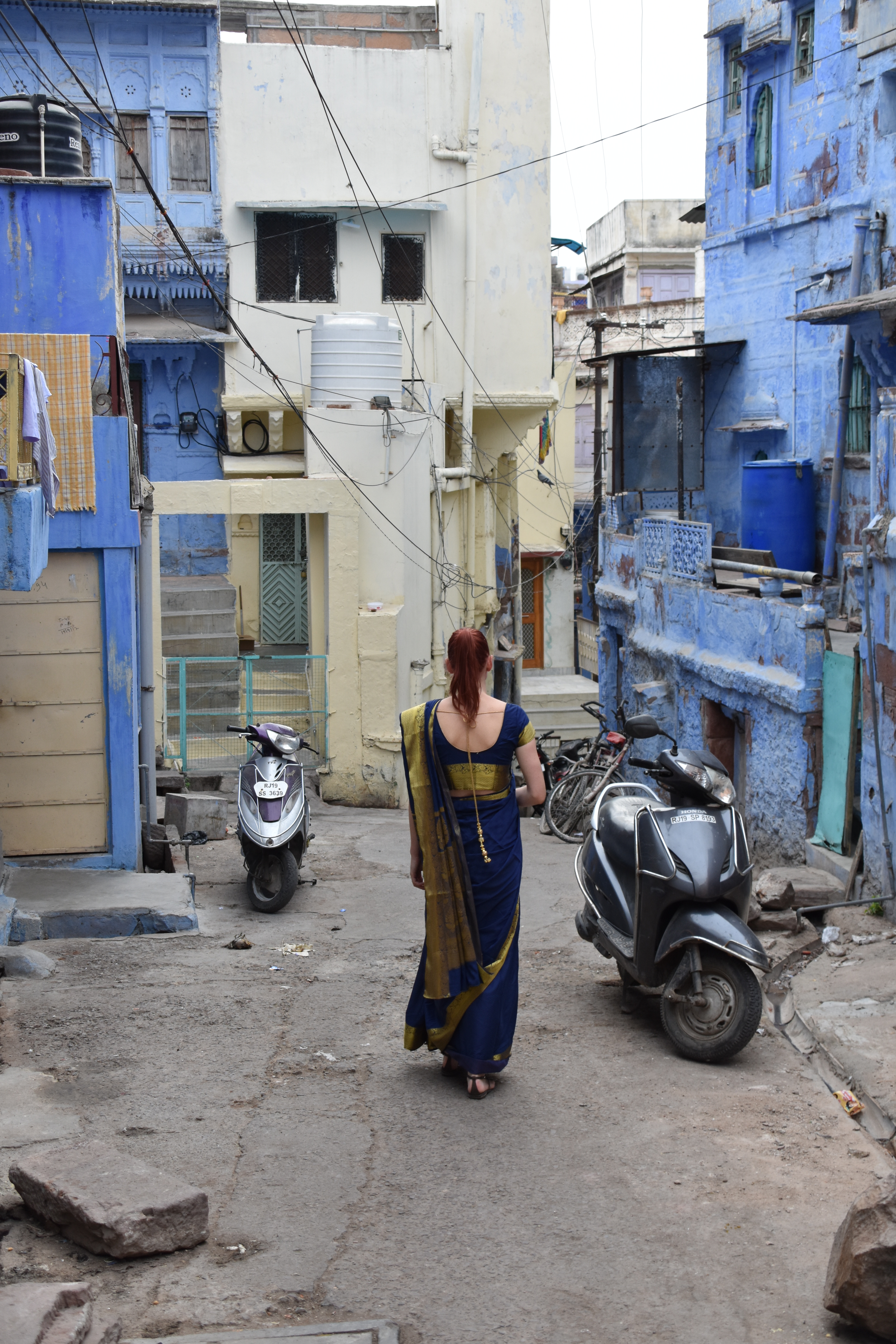This post contains affiliate links. If you use these links to book a stay or purchase an item I may earn a commission at no cost to you.
Otavalo is an easy breezy mountain town. There’s not a lot to do here but relax! You can choose to stay a while and rest from your tough adventures but you should definitely visit for at least an overnight to enjoy what Otavalo has to offer.

GENERAL INFO
Getting there and away:
The bus station in Otavalo is right in the centre of town which takes away all of the hassles of getting to your accomodation – you can just walk.
Buses leave regularly in both directions – the trip to Tulcan (to cross the border into Colombia) takes 3 hours but can often get stopped by police so allow extra time. The bus to Quito takes 2 hours. Both ways have amazing views so best to travel during the day!
Accommodation:
We recommend Hostal La Rosa which you can book through Booking.com. It is very centrally located and comfortable.
Top Tip:
If you have some extra time Otavalo is a great town to just wander around. It’s safe, small and quaint plus its surrounded by some gorgeous scenery.

SUGGESTED ACTIVITIES
- The indigenous market in Otavalo is the largest of its kind in South America and is definitely the largest in Ecuador. It’s very centrally located in Otavalo and so theres no need to travel to see it – just walk right out of your hotel and you will be there. Best to go to this market early. Also, its more of a photo/sightseeing opportunity than the best place to purchase souvenirs: there are a few unique items but its best not to try to buy Alpaca products here as many are fake (unless this is the only market you are visiting in South America then you will have to take the chance!).
Early in the AM is the best time to visit and the market closes up around 4pm.
2. Hiking around Cuicocha Lake is a wonderful activity in Otavalo. This is an easy hike that helps you to get used to the higher South American altitudes around an unbelievably picturesque lake. You can probably fit this in in an afternoon after the market if you are fit – if not I would allow a day so that you don’t feel too rushed. See my post on Hiking Lake Cuicocha here for more practical info.

Erika xx


